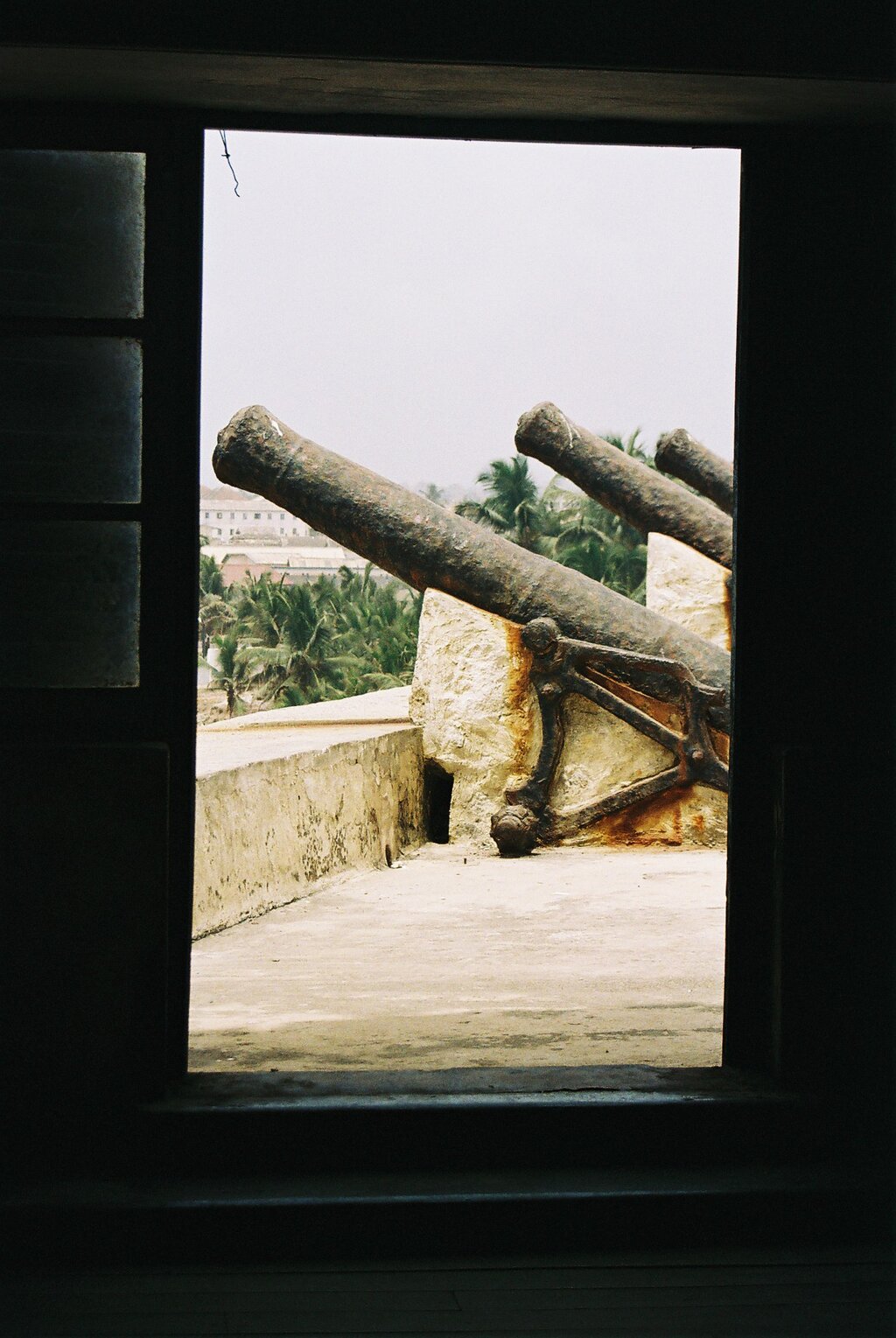
Efforts to preserve the castle began as early as the 1920s, when the British Public Works Department initiated the first formal restoration work. Following Ghana’s independence in 1957, the site came under the stewardship of the Ghana Museums and Monuments Board (GMMB), which has since overseen its care and historical interpretation.
In the early 1990s, a major restoration project was launched by the Government of Ghana, with significant support from international partners including the United Nations Development Programme (UNDP), the United States Agency for International Development (USAID), the Smithsonian Institution, and a number of other non-governmental organizations. These efforts aimed not only to preserve the physical structure but also to enhance its role as an important educational and memorial site, drawing attention to the historical realities of European colonialism and the human suffering inflicted by the slave trade.
Today, the castle stands as a UNESCO World Heritage Site, a powerful reminder of the region’s layered history—spanning commerce, colonization, and resistance. It attracts thousands of visitors annually, serving both as a tourist destination and as a site of historical reflection, particularly for descendants of the African diaspora tracing the painful paths of their ancestors.